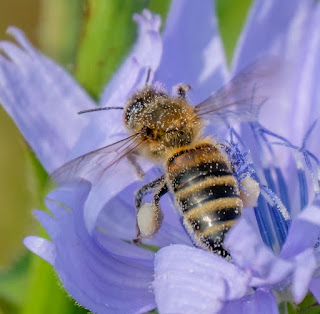Today, the Shuttleworth held a Heritage Day with the House, Swiss Gardens and Museum open as well as flying in the afternoon (separate blog). There were lots of period costumes and the gardens, especially the grotto and Fernery looks as spendid as ever.
The Old Warden Estate was acquired by the Ongley family in the 18th and 19th Centuries and subsequently purchased in 1872 by Joseph Shuttleworth a Lincolnshire industrialist. His grandson, Richard Ormonde Shuttleworth, eventually inherited the estate but sadly died in 1940 following a flying accident whilst serving in the Royal Air Force.
Upon Richard’s death, his mother put the estate into a charitable trust for the purpose of promoting Richard’s interests in agriculture and aviation, establishing the Shuttleworth Collection and Shuttleworth College. The non-operational parts of the estate are let to provide funds to support the Collection and College.



















































